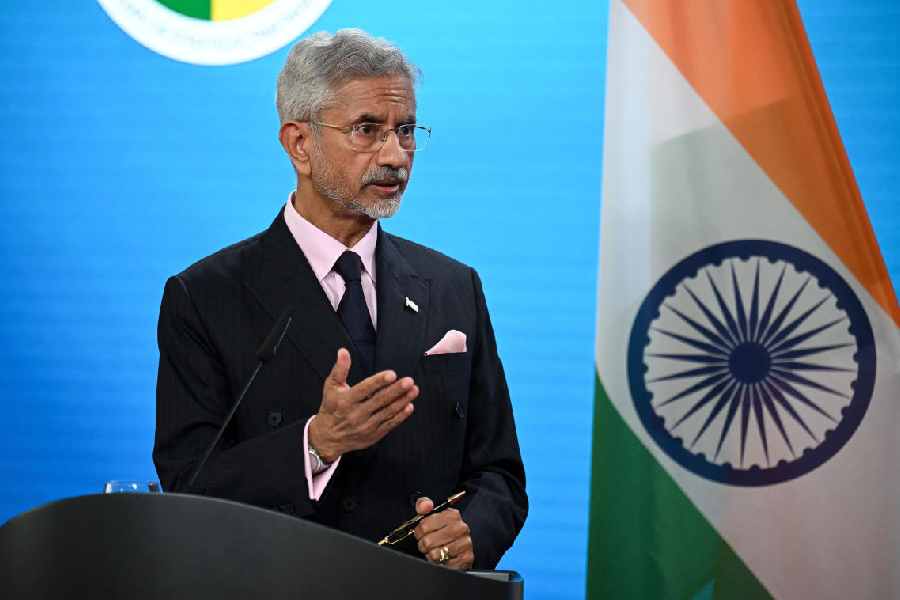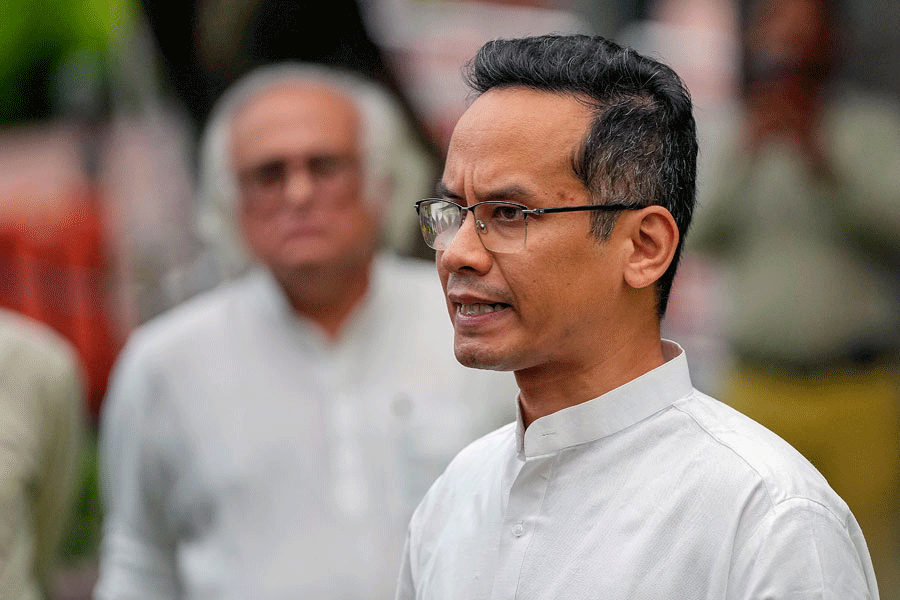London, June 15: Goldman Sachs today effectively withdrew an earlier optimistic assessment of the Indian economy, admitting it wasn’t quite right — it said it should have been much more optimistic.
If things go right for India and politicians don’t muck it up, said the merchant bank, India’s economy will grow to match or even overtake that of the US by 2050 to be the second largest in the world behind China.
But that did not mean that Indians as a whole will be richer than Americans. By 2050, said Goldman Sachs economists, per capita income in India will treble from $1,000 to about $3,000, a long way behind around $58,000 in the US. This is because India’s population will have grown to 1.6 billion, making it the most populous nation on earth.
But the long term prognosis for India, with a sustained 8 per cent growth in GDP, is very encouraging: half way through the 21st century, India’s economy will have grown to 50 times the size it is today.
At Asia House in London today, the Goldman Sachs presentation was made by Tushar Poddar, the chief India economist for Goldman Sachs who is based in Mumbai.
Poddar, vice-president, Asian Economic Research, was introduced by Jim ’Neil, managing director and head of global economic research at Goldman Sachs, who made the surprising admission that until 9/11, it had produced reports on the economies of 44 countries but India was not one of them. Now it is certainly making up for lost time with the presentation of its “India’s specific” report in London before a group of senior businessmen, diplomats and decision-makers.
“There is more and more evidence that globalisation is lifting more and more people in the developing world out of poverty,” commented ’Neil.
Talking about the upbeat assessment for India, he qualified his statements: “I and none of the global economists have ever said this will happen, we have always said this is what could happen. China could be 20 times bigger than it is today. The US could still do very well and be three times bigger than it is today. And India could be 50 times bigger than it is today.”
According to Goldman Sachs, “India’s growth rate since 2003 represents a structural increase rather than simply a cyclical upturn. We project India’s potential or sustainable growth rate at about 8 per cent until 2020.”
It says: “India is well-positioned to reap the benefits of favourable demographics.” In simple language that means its young are its strength, especially if they are educated and scientifically savvy.
But, as always, the projections are not without dangers: “The risks to growth are political risk, including a rise in protectionism; side-supply constraints, including business climate, education, and labour market reforms; and environmental degradation, including a rise in protectionism; side-supply constraints, including business climate, education, and labour market reforms; and environmental degradation.”
Not much is happening on the environment, said Poddar, though politicians were starting to talk about the subject.
The report adds, however: “Our assessment suggests that India’s influence on the world economy will be bigger and quicker than implied in our previously published BRICs (Brazil, Russia, India, China) research.”
In other words, the picture could be a lot rosier. There is quite a lot of food for thought in the Goldman Sachs predictions, including a movement of Biblical proportions from villages to towns: “India has 10 of the 30 fastest-growing urban areas in the world and, based on current trends, we estimate a massive 700 million people (roughly equivalent to the entire current population of Europe) will move to cities by 2050. This will have significant implications for demand for urban infrastructure, real estateand services.”
The report says: “India’s potential growth rates could increase further, given sustained productivity growth and favourable demographics, if it can significantly increase capital accumulation. We estimate that India would need to boost its investment rate by another 16 per cent of GDP to achieve and sustain a growth rate of 10 per cent.”
The predictions assume there won’t be too many Nandigrams or Singurs, otherwise it will be back to the drawing board: “Our projections of India’s potential growth are based on growth-friendly policies continuing. In particular, policies to enhance financial sector growth, openness to trade, rural-urban migration, capital formation, education, and environment, which we call the ‘FORCE’ factors will be critical to sustaining growth.”










